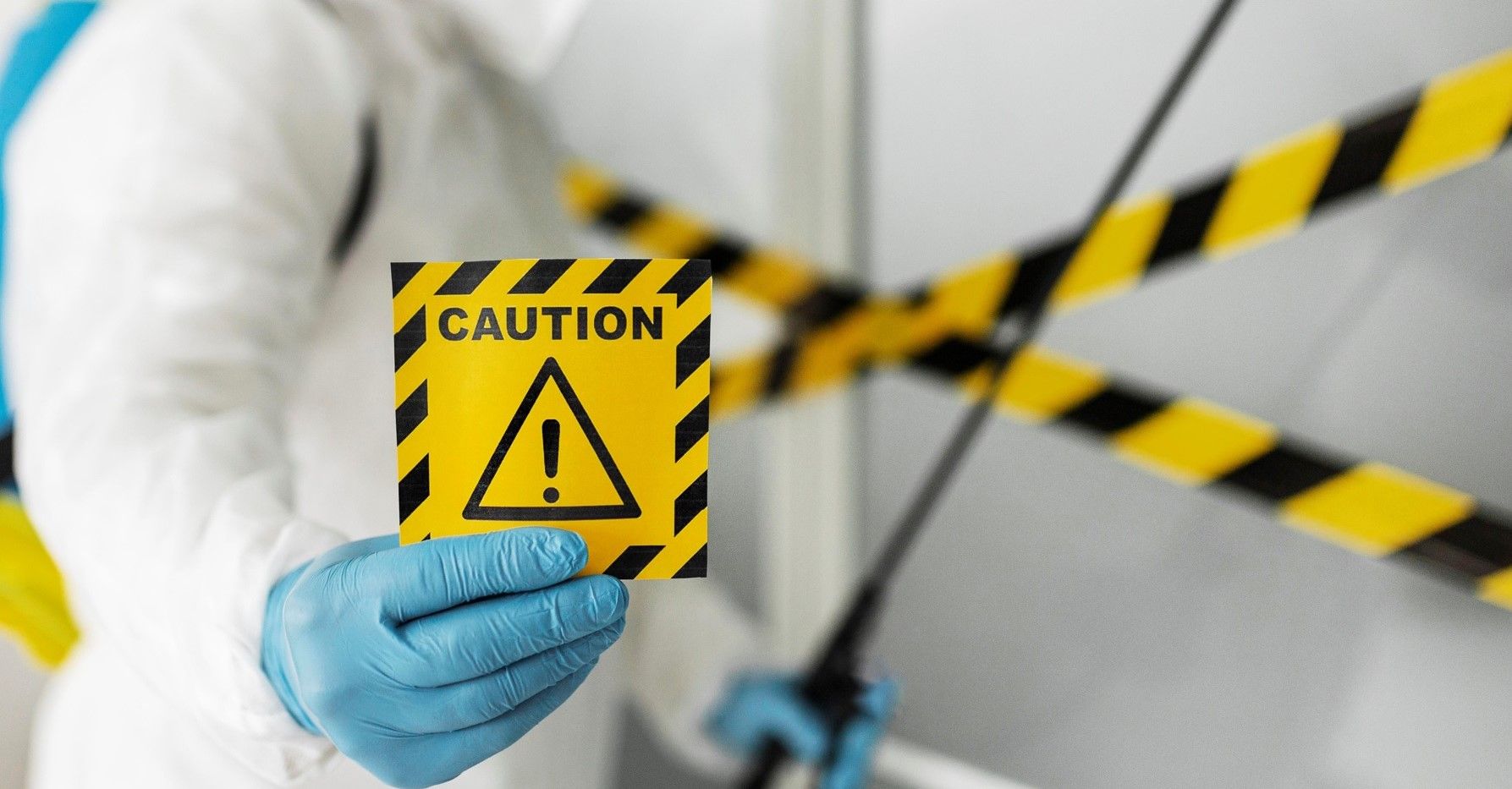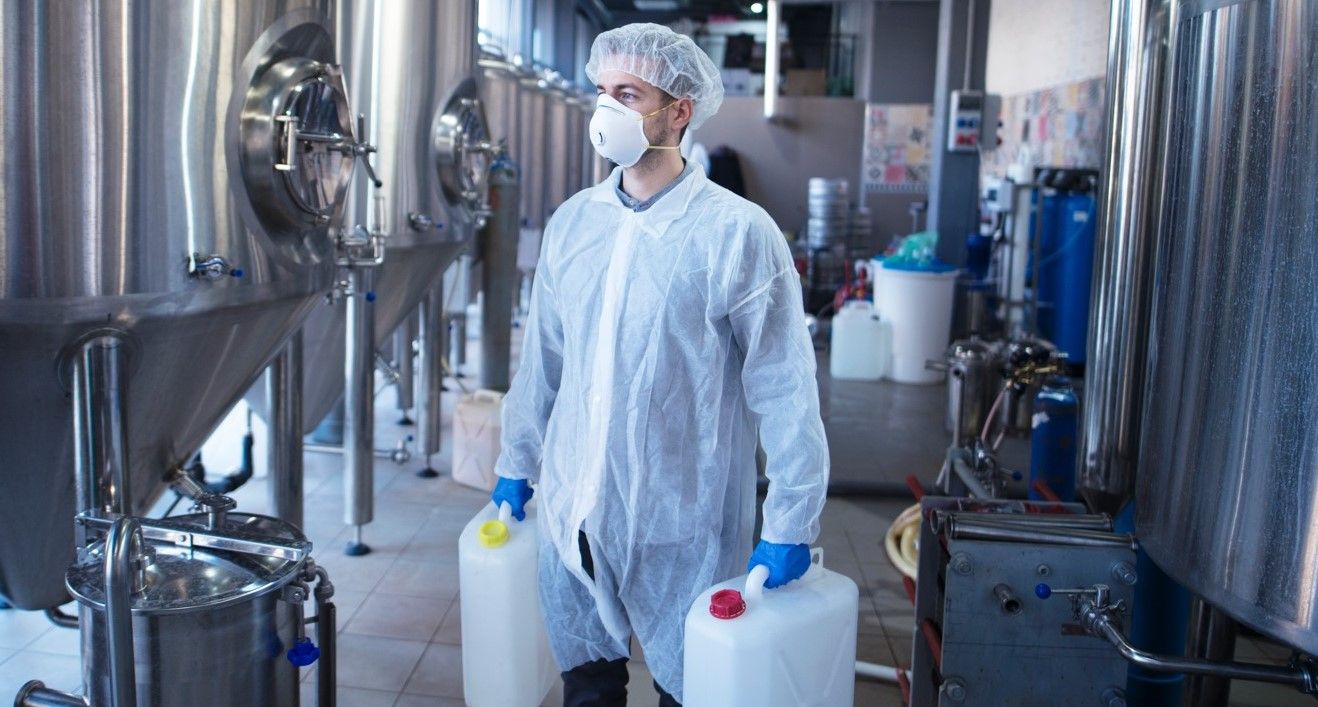The EU chemical market is one of the most lucrative in the world, yet also one of the most legislated in the world.
For this reason, here follows an outline of the EU’s requirements for the chemical composition of non-food products, harmful substances of note, common regulations, and a guideline in how to remain compliant.

When the EU General Product Safety Regulation (GPSD) came into force on June 12th 2023, it encapsulated policy designed to ensure “that only safe products are sold on the market.”
However, this legislation on its own is extremely broad and is designed only to “complement sector specific legislation such as specific rules that apply to toys, electrical and electronic goods, cosmetics, chemicals and other specific product groups.”
This still leaves those importing both finished goods and raw materials into the EU alone to navigate the maze of safety regulations to ensure a seamless trade of goods into Europe. This is no easy task, as the EU holds some of the highest safety standards in the world.
The Four EU Directives that Impact Chemical Import and Sale the Most
Registration, Evaluation, Authorisation and Restriction of Chemicals Legislation
REACH is the key piece of legislation covering the production, sale, and use of chemicals within the EU. It is, in essence, a huge list of all industrial chemical products, detailing the restrictions on their use, sale, transport, import, export, and production. It also outlines which chemical products are banned and establishes defined limits to improve safety.

As Renaud Anjoran, a supply chain management expert, notes, “The EU in particular takes harmful substances very seriously, and in the EU REACH directive alone there are thousands of restricted substances, and this list is continually being added to.”
Any product not on the list cannot be sold or used in the EU, requiring chemical importers or manufacturers to register new chemical products. At present, hundreds of thousands of chemical products have been added to the REACH database, including 223 Substances of Very High Concern (SVHC) for which special rules apply if products contain more than 0.1% by weight.
Toy Safety Directive
As children are more susceptible/less aware of dangers, EU regulations on the manufacture of the products they use and the chemicals in them are set to a higher standard. As such, the rules ban or severely restrict chemicals that are susceptible to cause cancer, change genetic information, harm fertility, or harm an unborn child. These include nineteen so-called ‘heavy elements’ like mercury and cadmium, as well as 55 allergenic fragrances (although these may be used in limited quantities for specific products if clearly labelled).

Regulation on Persistent Organic Pollutants
The use of persistent organic pollutants (POPs) in both chemical products and materials is prohibited or restricted in the EU. POPs are extremely harmful to the environment and human health, as they are poisonous chemical substances (such as DDT, PFOAs, PFOs, and more) which are slow to break down and as a result can enter the food chain.
Restriction of (the use of certain) Hazardous Substances Directive
RoHS compliance covers all electrical and electronic equipment (EEE) sold in the EU and denotes that a product has undergone independent testing for ten compounds that are prohibited. To comply with RoHS requires chemical testing which shows that the levels of the prohibited substances are below RoHS thresholds.

Under RoHS 3, the latest version of the RoHS directive, the 10 substances restricted are:
· Cadmium
· Lead
· Hexavalent chromium
· Mercury
· Bis(2-ethylhexyl) phthalate (DEHP)
· Benzyl butyl phthalate (BBP)
· Dibutyl phthalate (DBP)
· Diisobutyl phthalate (DIBP)
· Polybrominated biphenyls (PBB)
· Polybrominated diphenyl ethers (PBDE)
Similar legislation has been adopted in many other regions, including parts of North America, India, and China.
Many of these pieces of legislation overlap, so that rules prohibiting a product may be duplicated as they are, for example, too dangerous to be used in toys as well as being restricted under general REACH regulations.

Clearly this advice is not all encompassing. Instead, it is intended as a general outline on the different directives that most frequently hinder or prevent imports of goods into the EU.
Quicker import clearance, lower costs, duty savings, faster delivery, and a competitive advantage are all reasons to ensure that your business is compliant with import regulations. EU trade laws are far reaching and pervasive, breaking them can be expensive.
Simply put, if you are an importer of either finished products or industrial raw materials, you need a clear understanding of the rules that govern your trades.
To learn more about how to import products or chemical raw materials into Europe, read: EU Chemical Ingredient Rules: Top Tips for Importers
Photo credit: Freepik, Dawn99 on Pixabay, Freepik, Alexanderlittlewolf, Freepik, & Guillaume Périgois